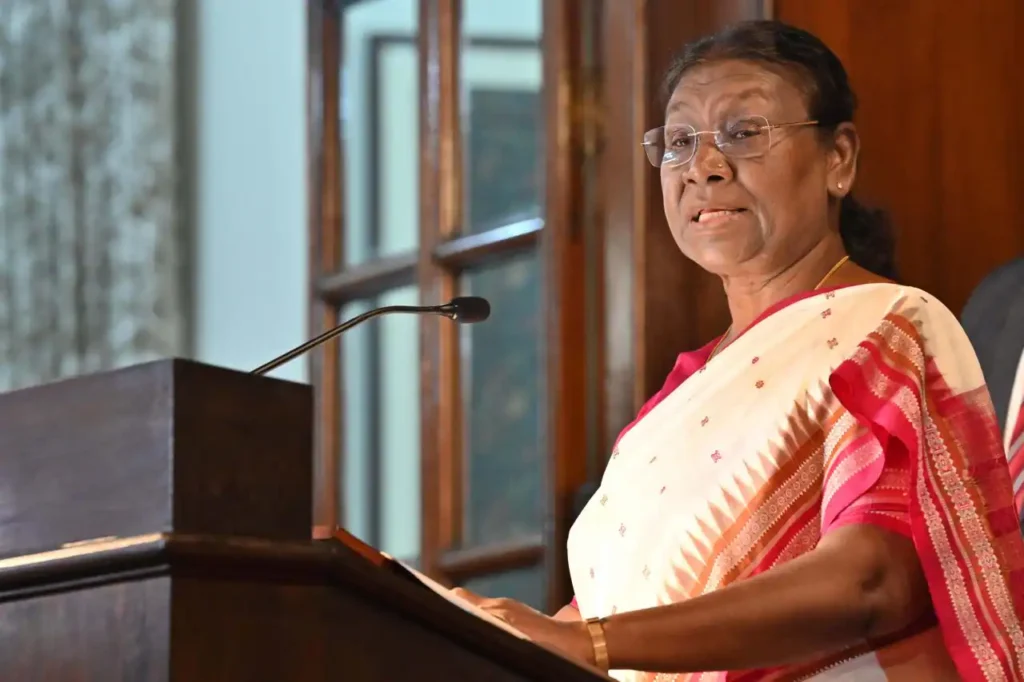
A Constitutional Conundrum
In a significant constitutional move, President Droupadi Murmu has invoked Article 143(1) of the Indian Constitution to seek the Supreme Court’s opinion on whether the judiciary can mandate timeframes for the President and Governors to grant assent to state legislature bills. This rare reference, made on May 14, 2025, presents 14 pivotal questions, including the legitimacy of “deemed assent” and the applicability of judicial timelines to constitutional authorities like the President and Governors.
Backdrop of the Dispute
The President’s reference follows a landmark Supreme Court ruling on April 8, 2025, which set a three-month deadline for the President to decide on bills reserved by Governors. The Court’s decision arose from a prolonged delay by Tamil Nadu Governor R.N. Ravi in granting assent to several bills passed by the state legislature. The Court emphasized that the President does not possess a “pocket veto” and must act within a reasonable time, even though the Constitution does not specify a timeframe.
Implications of the Reference
President Murmu’s reference challenges the Supreme Court’s authority to impose such deadlines, raising concerns about the separation of powers between the executive and judiciary. By questioning whether the Court can set timelines for the President and Governors, the reference delves into the constitutional balance of powers and the autonomy of state legislatures.
Political Reactions
The reference has sparked political debates across the nation. Tamil Nadu Chief Minister M.K. Stalin criticized the Union government’s decision, alleging that the move undermines the authority of state governments, particularly those not aligned with the ruling party. He accused the Tamil Nadu Governor of acting on behalf of the BJP to subvert the democratic process and emphasized the state’s resolve to contest this challenge.
Legal Perspectives
Legal experts view the President’s reference as a crucial step in clarifying the constitutional provisions regarding the assent process. The Supreme Court’s forthcoming opinion will likely set precedents on the roles and responsibilities of the President and Governors in the legislative process, impacting the balance of power between the executive, legislature, and judiciary.
Conclusion
President Murmu’s invocation of Article 143(1) marks a significant moment in India’s constitutional history, highlighting the ongoing discourse on the separation of powers and the roles of constitutional authorities. The Supreme Court’s forthcoming opinion will be pivotal in shaping the future dynamics between the executive and judiciary in the legislative process.

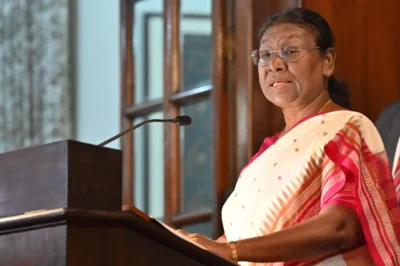






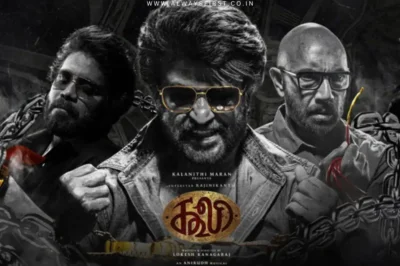




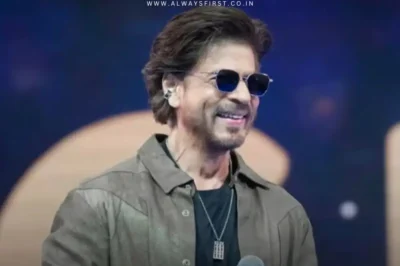


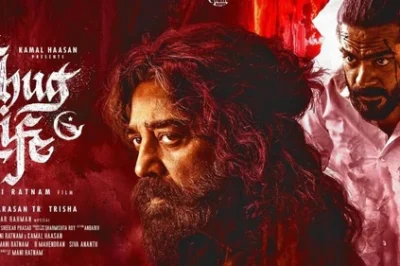

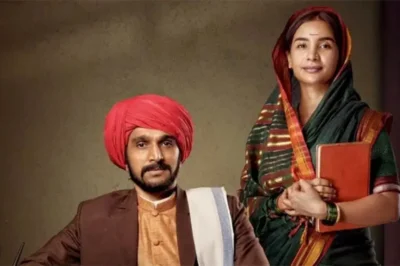

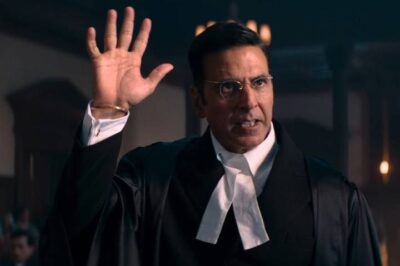


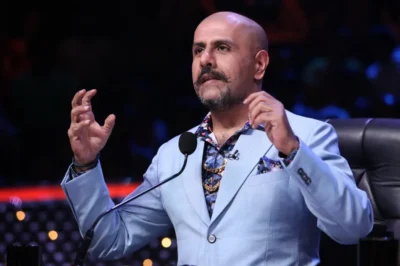

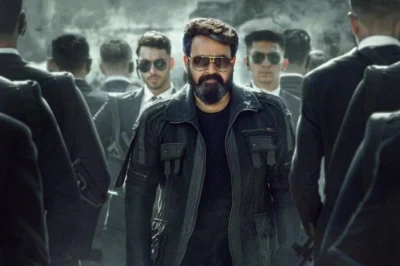

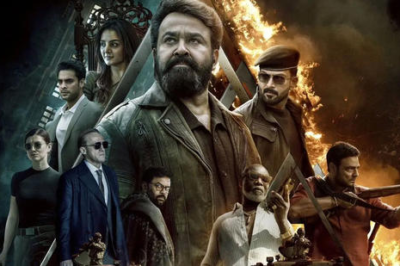



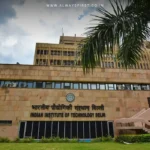
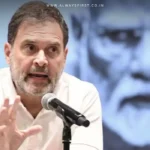


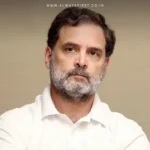
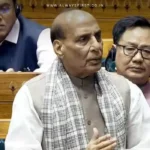

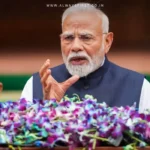
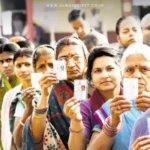
Leave a Reply